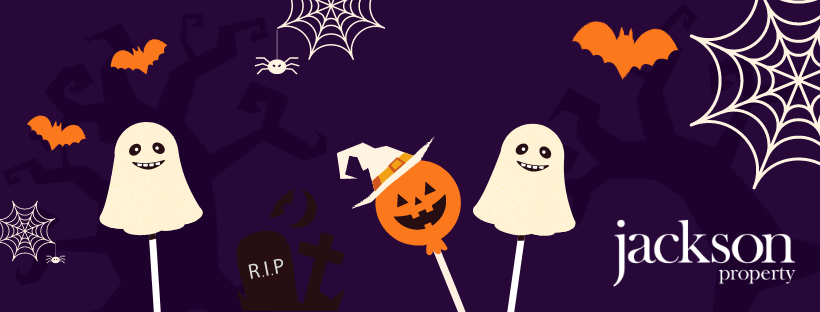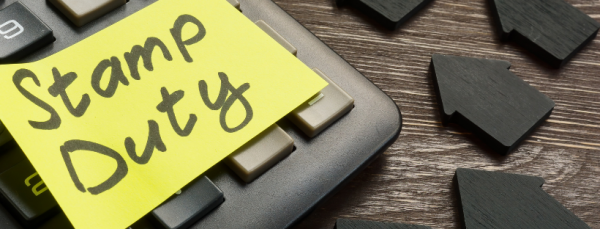1. Plan your route in advance.
Some parents choose to do a test run to time the route and ensure that it is safe and not too long. The length of your route should vary depending on the age of your children. Being prepared prevents arguments on the night of Halloween and it will prevent anyone from getting lost in the event that someone gets separated from the rest of the family.
2. Inspect all sweets and chocolate before it is consumed.
Any sweets or chocolate that appears to have been tampered with should be immediately thrown out. Remember that handmade treats may look nice, but are not always safe to eat. All sweets and chocolate should be in its original wrapper for the safety of your children. This also gives parents an opportunity to check for possible choking hazards.
3. You can never have too much light.
A torch will prevent a group from splitting up and avoid injuries. Reflective tape can also be added to costumes, treat bags, and coats to make kids clearly visible to drivers. You should be able to see everyone and everything, and everyone else should be able to see you.
4. Masks may look nice, but they can be dangerous.
Many costumes come with masks, but the reality is that they can affect both your child’s vision and breathing. A safer alternative is to use non-toxic face paint to create a spooky mask.
5. Everyone should wear comfortable shoes.
This will prevent blisters and rubbing, and hopefully your children should last the whole route you have decided on.
6. Choose routes with pathways.
If possible, it is always best to try to stay on a pathway and only cross the street at designated and well-lit areas.
7. Always stay in groups.
Older children may want to separate themselves from their parents and younger siblings, but there is strength in numbers. Only allow an older child to go trick or treating without you if he or she is with a trusted group of friends that will obey all safety rules.
8. Never enter a stranger’s home.
Reiterate rules regarding strangers to your children. Set a good example by being polite to the neighbours, but never entering their homes. You should also stress to your children that they may only go up to houses that have their lights on and a pumpkin outside.
9. Keep Halloween costumes safe.
Make sure that costumes are an appropriate length to avoid tripping. Keep accessories safe as well. Any knives, swords, guns, wands, or other props should be made of a flexible and soft rubber that will not hurt anyone.
10. Avoid luminaries or candles.
Decorations may look festive, but even a jack-o-lantern can cause a costume to catch on fire. Costumes should always be made from flame-resistant materials, and it’s best to avoid flammable hair sprays.
11. Wash your hands as soon as you get home!
You and your children will have touched lots of door handles, fences, trick or treat bowls and much more. It may be a good idea to take some anti-bacterial gel on your route with you.






Share this with
Email
Facebook
Messenger
Twitter
Pinterest
LinkedIn
Copy this link